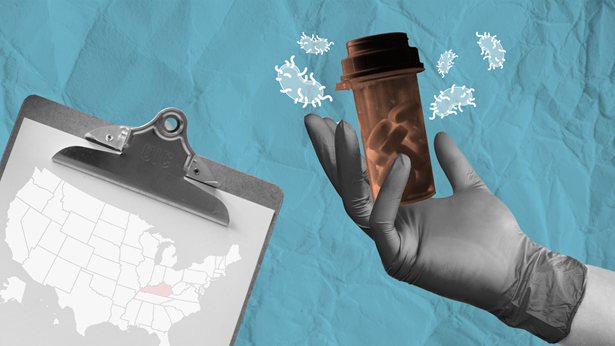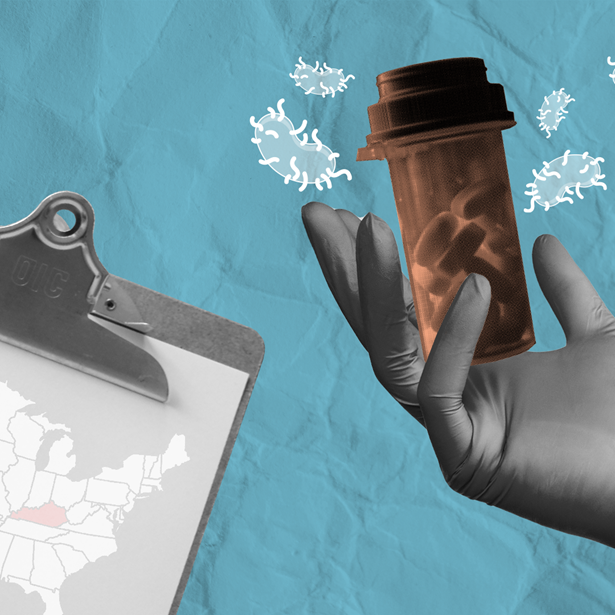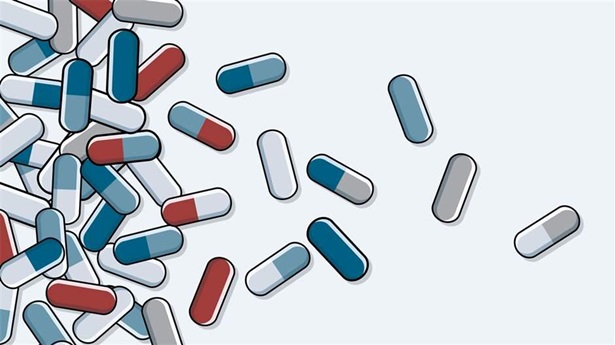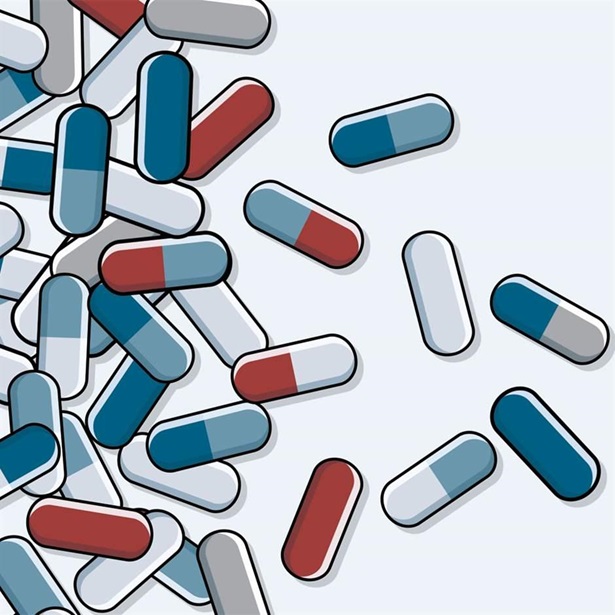Collaboration Key to Statewide Antibiotic Stewardship, Montana Official Says
Partnership streamlines antibiotic use reporting in large, mostly rural state
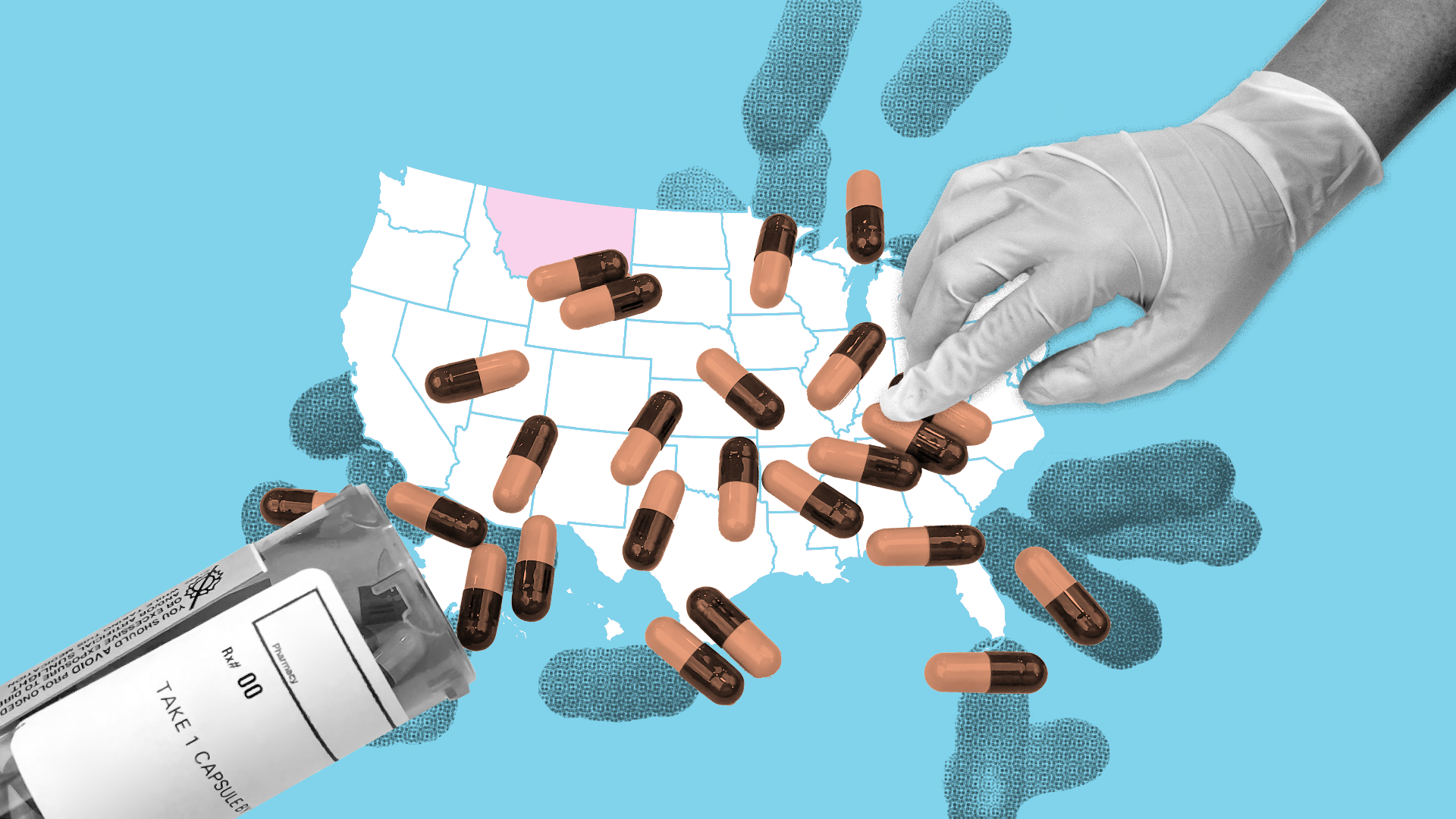
Data collection is crucial to helping health care stakeholders—including medical providers and public health experts—evaluate antibiotic prescribing practices, ensure their appropriate use, and slow the emergence of deadly antibiotic-resistant pathogens, or “superbugs.”
The Centers for Disease Control and Prevention’s National Healthcare Safety Network (NHSN) gathers data on a range of health care-associated infections that patients acquire during hospitalization, long-term care facility stays, outpatient surgery center visits, or medical procedures such as dialysis. This surveillance system also collects data specific to antibiotic-resistant infections and antibiotic prescribing from inpatient facilities through the Antimicrobial Use and Resistance (AUR) Module—allowing these facilities to better understand their prescribing practices and improve antibiotic stewardship efforts—with the goal of reducing antibiotic-resistant infections.
This interview with Erika Baldry, the health care-associated infections (HAI) program coordinator at the Montana Department of Public Health and Human Services, is one in a Pew series of interviews with five state health department officials to learn about antibiotic stewardship efforts to encourage data reporting. This interview has been edited for clarity and length.
Q: What is your role as health care-associated infections program coordinator?
A: I perform a lot of roles depending on the day. But on a high level, I investigate all cases of health care-associated and antimicrobial-resistant infections in Montana, and I oversee the reporting of data from our medical facilities to the National Healthcare Safety Network.
I also oversee Montana’s antimicrobial stewardship (AMS) programs, which are really important tools for making sure our facilities are prescribing antibiotics appropriately. We want to do everything we can to prevent outbreaks of drug-resistant organisms.
Q: How did antimicrobial stewardship become a priority in Montana?
A: Funding my department received from CDC about four years ago, when I first started my role at the department, was really the catalyst. The Montana Hospital Association and the Montana Department of Public Health and Human Services both received CDC funding specifically for antimicrobial stewardship efforts.
And then, in 2019, the Centers for Medicare & Medicaid Services (CMS), another federal agency, started requiring AMS programs for all hospitals nationwide that receive payments from CMS. That was really helpful for us to turn to our facilities and providers and say, “Stewardship is important. Let us help you get to where you have a program that meets all of CDC’s core elements of antibiotic stewardship.”
Q: Your state is one of the largest in the country, and you have the third-lowest population density. Does having so few people spread out over such a large area create special challenges in managing your stewardship efforts?
A: We’re working to support stewardship programs at all 13 of our state’s large acute care hospitals in addition to our small critical access hospitals. But I’m just one person, and I can’t be everywhere at once. So we rely on collaboration with the Montana Hospital Association, a membership organization representing hospitals and other health care organizations in the state; Mountain-Pacific Quality Health, a nonprofit health care improvement organization; and the University of Montana Skaggs School of Pharmacy.
We’re all part of what we call the Montana Antimicrobial Stewardship (ABS) Collaborative. We meet monthly to discuss topics such as deliverables, trainings, and how to develop reports. Having this collaborative has really helped our communication with facilities, and we’re able to pool our resources to streamline our efforts.
Q: How did that collaborative come together?
A: The department of health, Montana Hospital Association, and Mountain-Pacific Quality Health all independently received funding that required us to support antibiotic stewardship efforts and gather prescribing data. Shortly after we began doing that, we recognized that our facilities were becoming frustrated because we were each asking them for similar information. We didn’t want to put an undue burden on them, so we came together to ask ourselves, “How can we accomplish what we need to meet our deliverables without having to ask facilities for the same data over and over again?”
Then, we started involving the University of Montana Skaggs School of Pharmacy in the collaborative because we needed them to provide expertise for Montana’s HAI program. Now, the school provides direct one-on-one support to many of Montana’s facilities by helping them review days of therapy data, assisting with stewardship progress reports, and more. It also leads a Montana Antimicrobial Stewardship Coalition monthly webinar series that guides attendees through implementing and building an antimicrobial stewardship program in an acute care setting.
Also, our collaborative focuses on providing stewardship services to our critical access hospitals due to the resource shortage that many are facing. Some critical access hospitals in Montana do not have a pharmacist on-site, which is why the relationship with UM Skaggs School of Pharmacy is so important.
Q: Do you think the ABS Collaborative has succeeded?
A: Absolutely. It’s shown us that teamwork is the only way that we can effectively get things done, improve antimicrobial use, and help our facilities, because at the end of the day that’s what we want to do.
Now we’re hoping to take the lessons learned with ABS and apply them to, for example, infection control, because that’s becoming a huge topic of discussion as a result of the COVID-19 pandemic.
Q: Have any facilities run into challenges with reporting their data?
A: Yes. We wanted facilities to report their data into the NHSN AUR Module. But we found that a lot of our critical access hospitals—or at least the small rural ones—don’t have an IT team, which makes it challenging for them to report through this system. So we’ve used funding that the department of health receives from the CDC to provide grants to hospitals for IT support through a third-party vendor, so that they can upload their antibiotic use data.
The Montana Department of Public Health and Human Services also collaborated with the Montana Hospital Association to create what we call the “Days of Therapy Tracking Tool,” which collects data similar to the NHSN AUR Module through an Excel spreadsheet. We still encourage our facilities to report through the AUR Module, but this tool gives them another option for reporting their data if they don’t have enough IT support to report through the module.
Q: Do facilities receive feedback on the data they submit?
A: The Montana Department of Public Health and Human Services contracts with an antimicrobial stewardship expert through the University of Montana Skaggs School of Pharmacy, and she’s been instrumental in helping our facilities understand and monitor their antibiotic prescribing. Having that level of expertise and being able to provide feedback to our facilities has been very helpful in improving appropriate prescribing.
And facilities have been excited to receive this feedback. They want to better understand their antibiotic use and how it compares to other facilities in the state, but they don’t always have the on-staff expertise to analyze or interpret the data on their own.
Q: Besides sharing feedback with each facility, what else do you do with the data?
A: Typically twice a year, we hold a health care-associated infections roundtable with our state’s infectious disease physician group, infectious disease pharmacists, and infection preventionists at which our department’s antibiotic resistance expert presents facility-specific data. That helps us get the data out beyond individual facilities. We unfortunately have pressed pause on these roundtables during the COVID-19 pandemic, but we hope to start these back up in 2022.
We also collect and publish antibiogram data, which is basically a profile of antimicrobial susceptibility to drugs at a particular facility. The infectious disease physician group asked us to publish the data so that pharmacists and providers at one hospital can have access to data from other facilities across the state. The antimicrobial stewardship expert helps to prepare the reports, so if you’re a small facility that doesn’t know how to prepare an antibiogram, you can send her your data and she’ll prepare it for you.
Q: Do you have any advice for health departments in other states?
A: I absolutely recommend working with other partners in your state. Use the resources and processes already in place in your state, but also streamline efforts so you don't duplicate work for yourselves or your facilities. I’d also encourage other states to provide training to their health care facilities on how to submit the data to the AUR Module. If the data being entered isn’t correct, then the data that you're getting out isn't going to be correct—and it won’t be useful.
Also, it’s good to remember that facilities want to use this data. They want to know what their antibiotic use looks like. So giving them feedback after they’ve submitted their data engages them and makes them think about their use and prescribing.
Lastly, I can’t emphasize enough how helpful it is to have physician buy-in and on-staff expertise when trying to implement stewardship programs and data collection. Our antibiotic resistance expert really helps us make the most out of the data available to us, which has made a huge difference.


America’s Overdose Crisis
Sign up for our five-email course explaining the overdose crisis in America, the state of treatment access, and ways to improve care
Sign up

Communication Is Key to Encouraging Antibiotic Reporting
